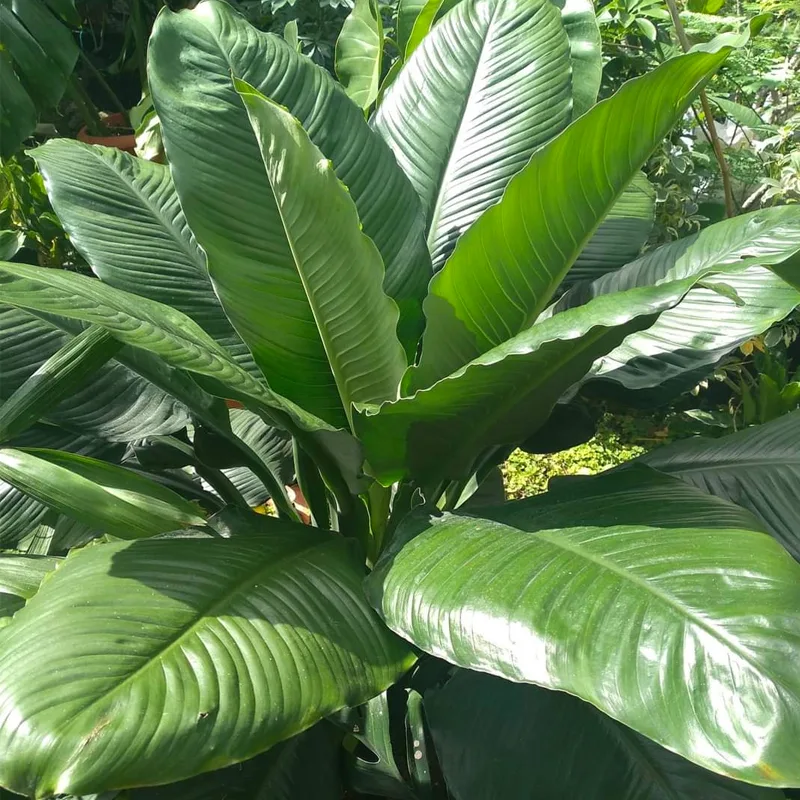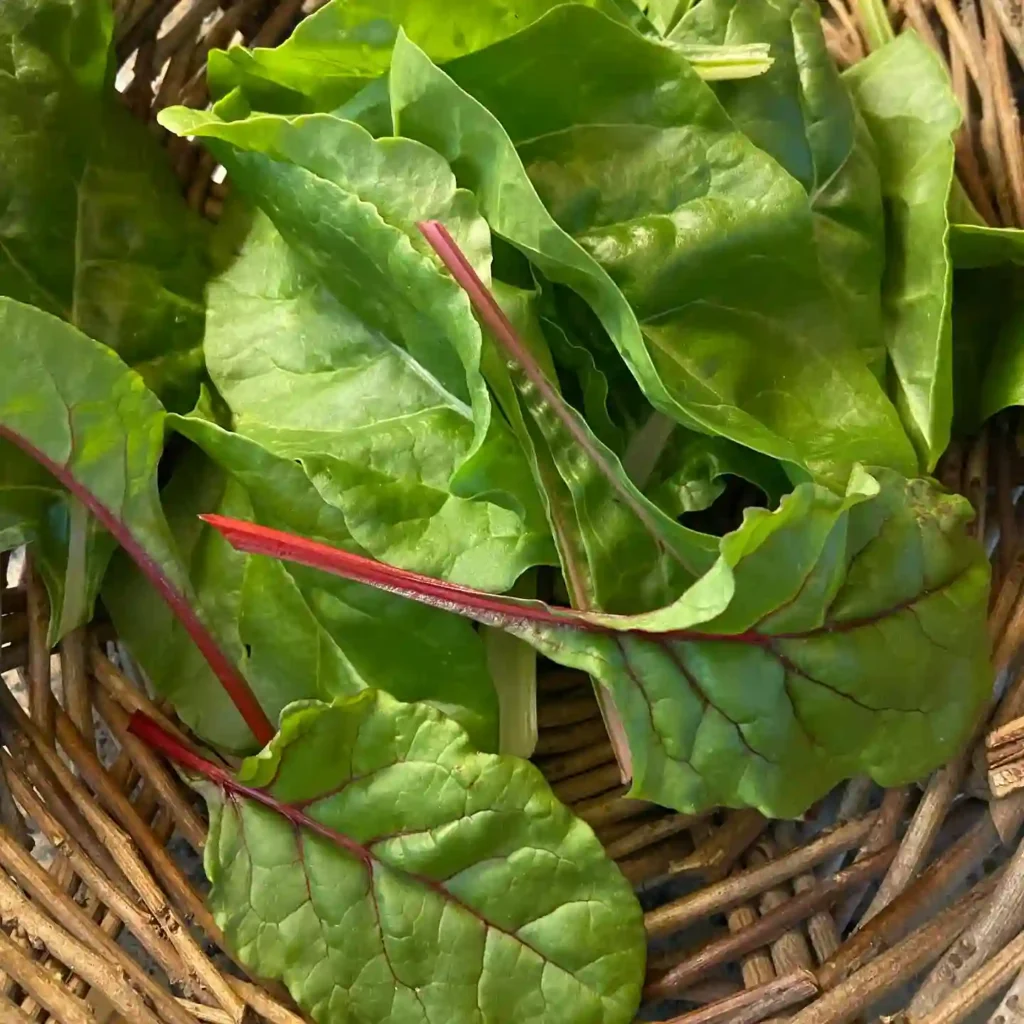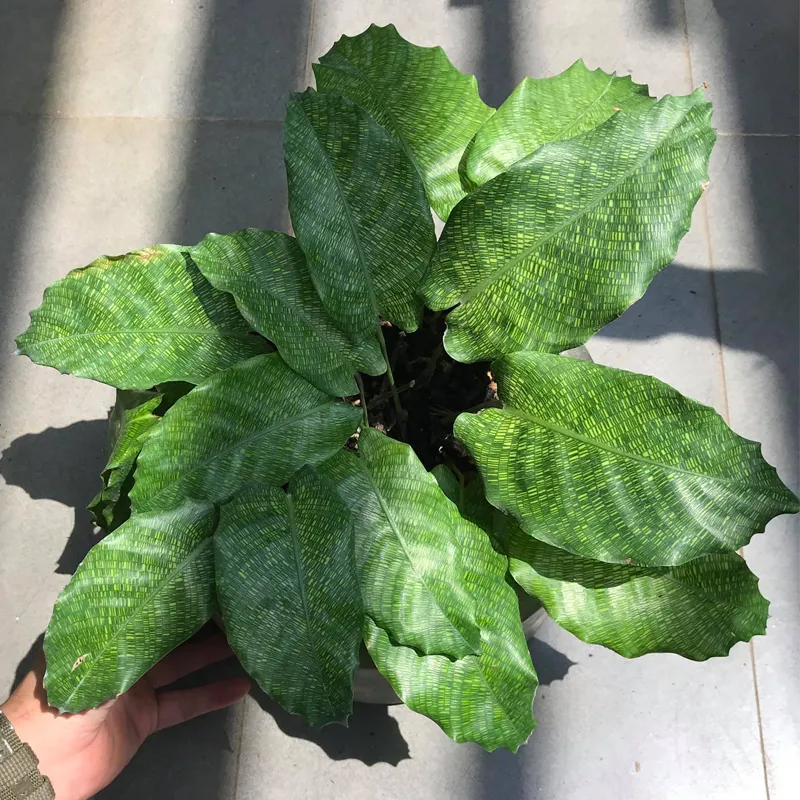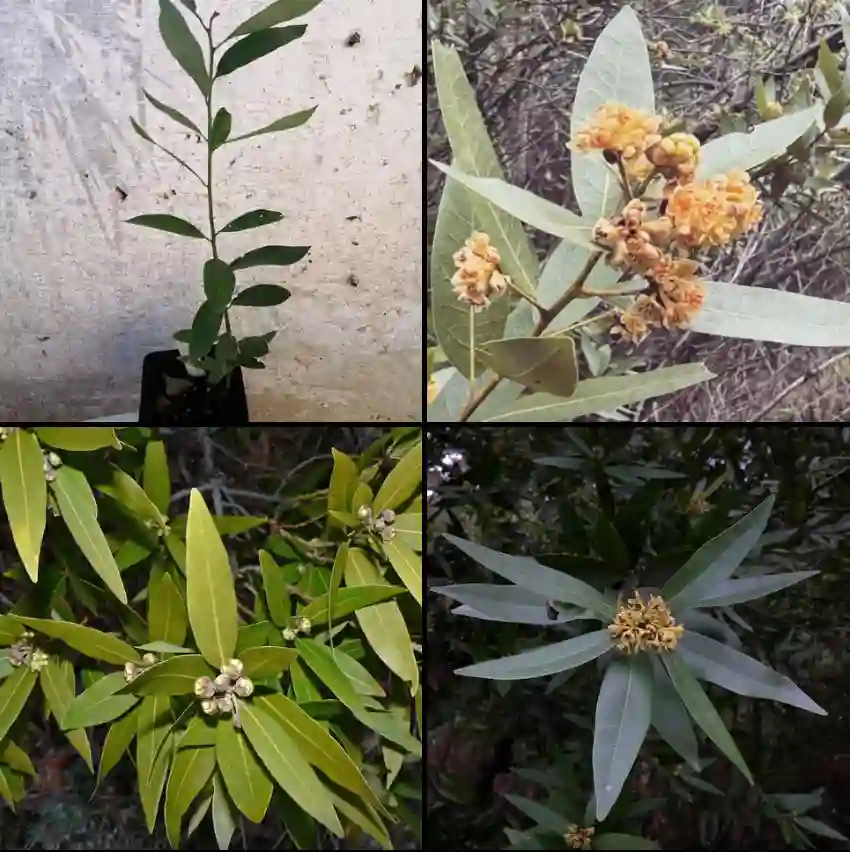1424 Species in Genus Peperomia
How to grow Peperomia graveolens?
The Peperomia graveolens, also known as the Ruby Glow Peperomia, is a popular houseplant prized for its vibrant reddish foliage and low-maintenance needs. Here’s a guide on how to grow and care for it:
Light:
- Bright, Indirect Sunlight: Peperomia graveolens thrives in bright, indirect sunlight. Avoid harsh afternoon sun, especially in hot climates, as it can scorch the leaves and diminish their red coloration.
- Light Impact: If the leaves start to lose their vibrancy or curl, it might be receiving too much light. You can try moving it further away from the window or filtering the incoming light with a sheer curtain.
- Lower Light Tolerance: It can tolerate some light shade, but the red hues may become less intense.
Watering:
- Water Wisely: Water your Peperomia graveolens only when the top inch of soil feels dry to the touch. Overwatering is a major threat to this plant, as it can lead to root rot.
- Less is More: Remember, these plants are succulent-like and prefer to dry out slightly between waterings.
- Checking Moisture: Consider sticking your finger into the soil to gauge moisture levels before watering.
Soil:
- Drainage is Key: Use a well-draining potting mix. A common recommendation is a general purpose potting mix with added perlite or orchid bark for extra drainage. Poor drainage can lead to root rot.
Humidity:
- Average Humidity Levels: Peperomia graveolens doesn’t necessarily require high humidity. However, occasional misting, especially during dry winter months or in drier climates, can be beneficial.
- Grouping Strategy: Grouping your Peperomia with other humidity-loving plants can also create a more humid microclimate.
Temperature:
- Warmth Preferred: These plants thrive in average room temperatures between 65-75°F (18-24°C). Protect them from cold drafts and avoid placing them near air conditioners or heaters.
Fertilizing:
- Light Feeder: Peperomia graveolens is not a heavy feeder. You can fertilize it monthly during spring and summer with a diluted, balanced fertilizer. Avoid over-fertilizing, as it can damage the plant. Opt for a half-strength solution compared to what the fertilizer recommends.
- Winter Dormancy: Skip fertilizing altogether during fall and winter when the plant goes into dormancy.
Repotting:
- Growth Check: Repot your Peperomia graveolens every 1-2 years or when the roots outgrow the pot. The roots should not be circling the pot excessively.
- Pot Size: Choose a pot that’s only slightly larger than the current one. Repotting in excessively large pots can lead to overwatering issues.
Propagation:
- Easy Propagation: Peperomia graveolens is easy to propagate from stem cuttings. Take a stem cutting with a few leaves, allow the cut end to callous over for a day or two, and then plant it in a moist, well-draining potting mix. Keep the soil lightly moist and provide bright, indirect sunlight.
Pruning:
- Optional Shaping: Pruning is not essential, but you can trim back leggy stems to maintain a bushier shape or encourage new growth. Use sharp shears and prune during spring or summer.
Additional Tips:
- Wipe down the leaves occasionally with a damp cloth to remove dust and improve their appearance.
- Watch for common houseplant pests like mealybugs or scale insects. You can treat them with insecticidal soap or neem oil if spotted.
How to propagate Peperomia graveolens?
Here are two common methods to propagate your Peperomia graveolens:
Method 1: Stem Cuttings
This is the most popular and successful method for propagating Peperomia graveolens.
Things you’ll need:
- Sharp knife or pruning shears
- Potting mix with good drainage (consider adding perlite or orchid bark to a general potting mix)
- Small pot (2-3 inches in diameter)
- Optional: rooting hormone
Steps:
- Select a healthy stem: Choose a healthy, non-flowering stem with a few leaves. Ideally, the stem should be at least 2-3 inches long.
- Make the cut: Using your sharp knife or shears, make a clean cut just below a leaf node (the bump on the stem where a leaf grows). You can also cut just above a node if you prefer.
- Remove lower leaves: If there are leaves on the lower portion of the stem, remove them to expose the stem for rooting.
- Callous the cutting (optional): This step is not essential but can improve success rates. Allow the cut end of the stem to callous over for 24-48 hours. Let it sit in a cool, dry place with good air circulation.
- Prepare the pot: Fill your small pot with the well-draining potting mix. Moisten the soil slightly but avoid making it soggy.
- Plant the cutting: Dip the cut end of the stem in rooting hormone (optional) and plant it in the moist potting mix. Push the stem down gently to ensure good contact with the soil.
- Watering and care: Water the pot lightly to settle the soil around the cutting. Avoid overwatering. You can place the pot in a plastic bag (with holes for air circulation) to create a mini greenhouse environment and promote humidity.
- Light and placement: Provide bright, indirect sunlight for the pot. Avoid direct sun, which can scorch the leaves.
- Wait for roots to develop: Be patient! Rooting can take several weeks (4-6 weeks or more). You can gently tug on the stem to check for resistance, indicating root development.
- New growth: Once the roots are established, you will see new growth emerge from the top of the stem. You can then remove the plastic bag (if used) and care for the new Peperomia plant like a mature one.
Method 2: Leaf propagation
While less common than stem cuttings, Peperomia graveolens can also be propagated from single leaves. The success rate may be lower than stem cuttings, but it’s worth a try if you have a limited amount of plant material.
Steps:
- Select a healthy leaf: Choose a plump, healthy leaf from your Peperomia graveolens.
- Remove the leaf: Carefully remove the leaf from the stem, making sure to get a small petiole (leaf stalk) attached.
- Prepare the pot: Fill a small pot with well-draining potting mix. Moisten the soil slightly.
- Plant the leaf: Lay the leaf flat on the moist soil surface, with the petiole buried slightly in the soil.
- Watering and care: Water the pot lightly to settle the soil. Provide bright, indirect sunlight and maintain consistent moisture in the soil. You can use a plastic bag to create a humid environment.
- Wait for growth: This method can take even longer than stem cuttings, potentially several months. Be patient and keep the soil moist but not soggy.
- New plantlet formation: If successful, a new plantlet will eventually form at the base of the petiole. Once it develops roots and a few leaves, you can care for it like a regular Peperomia plant.
With a little patience and following these steps, you can successfully propagate your Peperomia graveolens and create new plants to add to your collection or share with friends!
If i die, water my plants!



